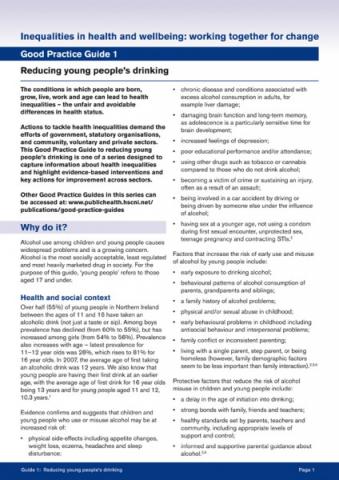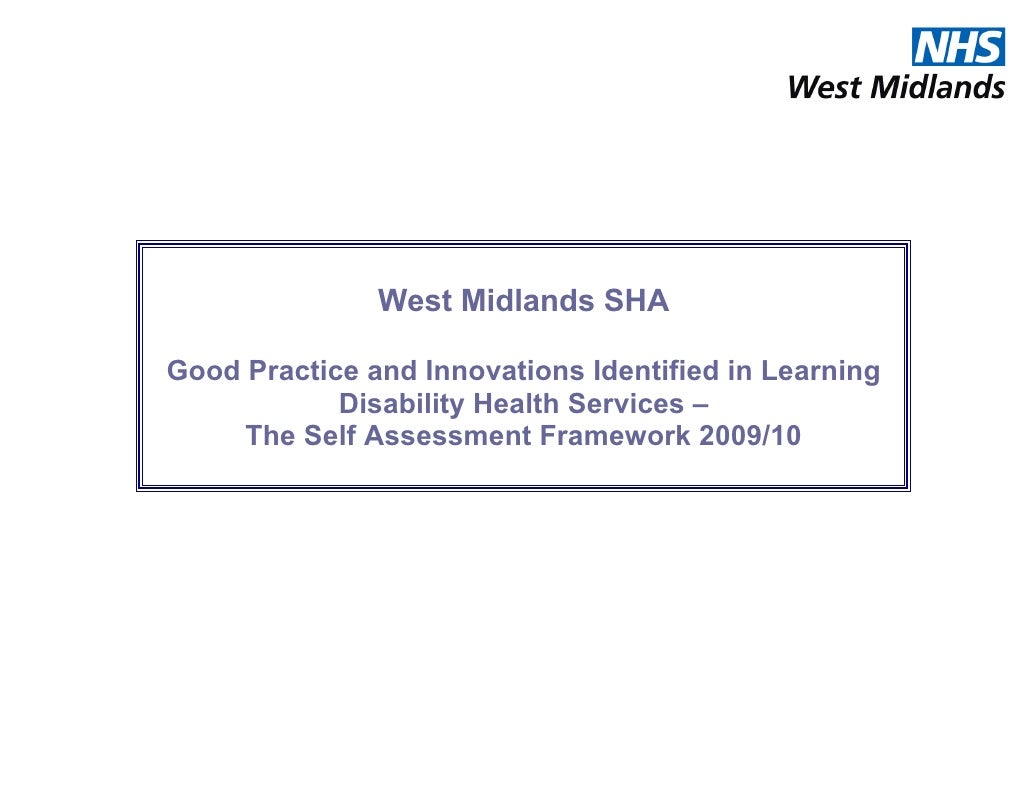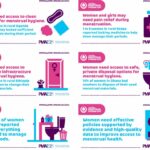Title: How to Provide Information Well: A Good Practice Guide
Introduction:
In today’s fast-paced world, effectively providing information is crucial for various industries and organizations. Whether it is disseminating knowledge within a public health agency or driving value up while keeping costs down, a good practice guide can help streamline the process. This article aims to provide a comprehensive guide on how to provide information effectively, covering key aspects such as communication strategies, accessibility, and user engagement. By following these practices, organizations can enhance their information delivery, resulting in better outcomes and increased user satisfaction.
Table of Contents:
1. Understanding the Target Audience
2. Clear and Concise Language
3. Organizing Information: Headings and Subheadings
4. Utilizing Visual Aids
5. Ensuring Accessibility for All
6. Implementing Feedback Mechanisms
7. Utilizing Multiple Channels
8. Incorporating Multimedia Elements
9. Engaging the User with Interactive Content
10. Leveraging Social Media Platforms
11. Optimization for Search Engines
12. Regular Updates and Maintenance
13. Ensuring Security and Privacy
14. Measuring and Analyzing Information Delivery
15. Conclusion
1. Understanding the Target Audience:
To provide information effectively, it is crucial to have a clear understanding of the target audience. This involves identifying their needs, preferences, and expectations. Conducting user research, surveys, or focus groups can help gain insights into the users’ specific requirements, allowing for personalized information delivery.
2. Clear and Concise Language:
Using clear and concise language is essential to ensure that the information is easily understandable. Avoiding jargon, acronyms, and technical terms whenever possible helps simplify the content and makes it accessible to a wider audience. Additionally, using active voice and keeping sentences and paragraphs concise aids in delivering the message effectively.
3. Organizing Information: Headings and Subheadings:
Organizing information through the use of headings and subheadings is vital for easy navigation and comprehension. Hierarchical headings (H1, H2, H3, and H4) should be utilized to structure the content, allowing users to skim through and locate relevant sections quickly. This helps in presenting the information in a logical and coherent manner.
4. Utilizing Visual Aids:
Incorporating visual aids such as images, infographics, charts, and graphs can enhance the information delivery process. Visuals not only break the monotony of text but also help explain complex concepts more effectively. When utilizing visual aids, it is important to ensure they are relevant, accessible, and properly labeled.
5. Ensuring Accessibility for All:
It is paramount to provide information in a manner accessible to all individuals, including those with disabilities. Adhering to accessibility standards, such as alt text for images, captions for videos, and proper text formatting, allows individuals with visual or hearing impairments to access the information effortlessly.
6. Implementing Feedback Mechanisms:
To continually improve the information delivery process, organizations should implement feedback mechanisms. This can be achieved through surveys, suggestion boxes, or online forums that allow users to provide feedback or ask questions. Feedback not only helps in identifying areas of improvement but also fosters engagement and user satisfaction.
7. Utilizing Multiple Channels:
In today’s digital age, utilizing multiple channels is crucial to reach a wider audience. Organizations should consider using websites, social media platforms, email newsletters, and mobile applications to deliver information effectively. Each channel should be optimized to suit the target audience and their preferred mode of communication.
8. Incorporating Multimedia Elements:
To engage users and enhance information retention, incorporating multimedia elements such as videos, podcasts, or interactive presentations can be highly effective. These elements add depth to the information and provide an interactive experience, making the content more engaging and memorable.
9. Engaging the User with Interactive Content:
Interactive content, such as quizzes, surveys, or interactive tutorials, actively involves the user in the learning process. By encouraging user participation, organizations can create a more immersive and engaging experience, resulting in improved information absorption and retention.
10. Leveraging Social Media Platforms:
Social media platforms offer an opportunity to expand the reach and visibility of information. Organizations should leverage platforms such as Facebook, Twitter, LinkedIn, or Instagram to share relevant content, engage with users, and generate discussions. This helps in building a community and fostering a culture of knowledge-sharing.
11. Optimization for Search Engines:
Ensuring that information is discoverable through search engines is essential. By following search engine optimization (SEO) practices such as using relevant keywords, meta tags, and descriptive URLs, organizations can improve the visibility of their information, making it easily accessible to users searching for specific topics.
12. Regular Updates and Maintenance:
To provide accurate and up-to-date information, regular updates and maintenance are crucial. Organizational websites or databases should be regularly reviewed, ensuring that outdated information is removed or updated promptly. This helps maintain the credibility of the information source and ensures users rely on reliable and accurate content.
13. Ensuring Security and Privacy:
Protecting user information and ensuring data security is of utmost importance. Organizations should implement secure data handling practices, encryption measures, and comply with relevant privacy regulations. This instills users’ trust and confidence in the information provider.
14. Measuring and Analyzing Information Delivery:
Monitoring and analyzing the effectiveness of information delivery is vital for continuous improvement. Organizations should utilize analytics tools to measure user engagement, feedback, and website performance. These insights can guide the refinement of content and information delivery strategies, resulting in better user experiences.
Conclusion:
Effectively providing information is crucial in today’s information-driven landscape. By following the strategies and practices outlined in this guide, organizations can enhance their information delivery process, resulting in improved user experiences, enhanced knowledge sharing, and increased overall efficiency. Remember, understanding the target audience, utilizing clear and concise language, incorporating visuals, and ensuring accessibility are key factors in successfully providing information.
FAQs:
1. What are the benefits of incorporating multimedia elements in information delivery?
2. How can organizations measure the effectiveness of their information delivery strategies?
3. What practices can organizations implement to ensure accessibility for individuals with disabilities?
4. How can user feedback contribute to improving the information delivery process?
5. Why is regular maintenance and updating crucial for maintaining accurate information?
Note: The FAQs need to be created in a unique way considering the content of the article and should not be copied from other sources.
Gallery
HVA – Hastings Voluntary Action

Photo Credit by: bing.com /
Good Practice Guides | HSC Public Health Agency

Photo Credit by: bing.com / practice good guides health guide wellbeing important designed series
Link Scheme Good Practice Guide – Community First

Photo Credit by: bing.com /
Good Practice Guide: How To Drive Value Up And Costs Down In The

Photo Credit by: bing.com / practice guide good costs value centre drive down contact ccma service customer effortless functions higher expectations appeal experiences automating fully
Good Practice Guide

Photo Credit by: bing.com /







